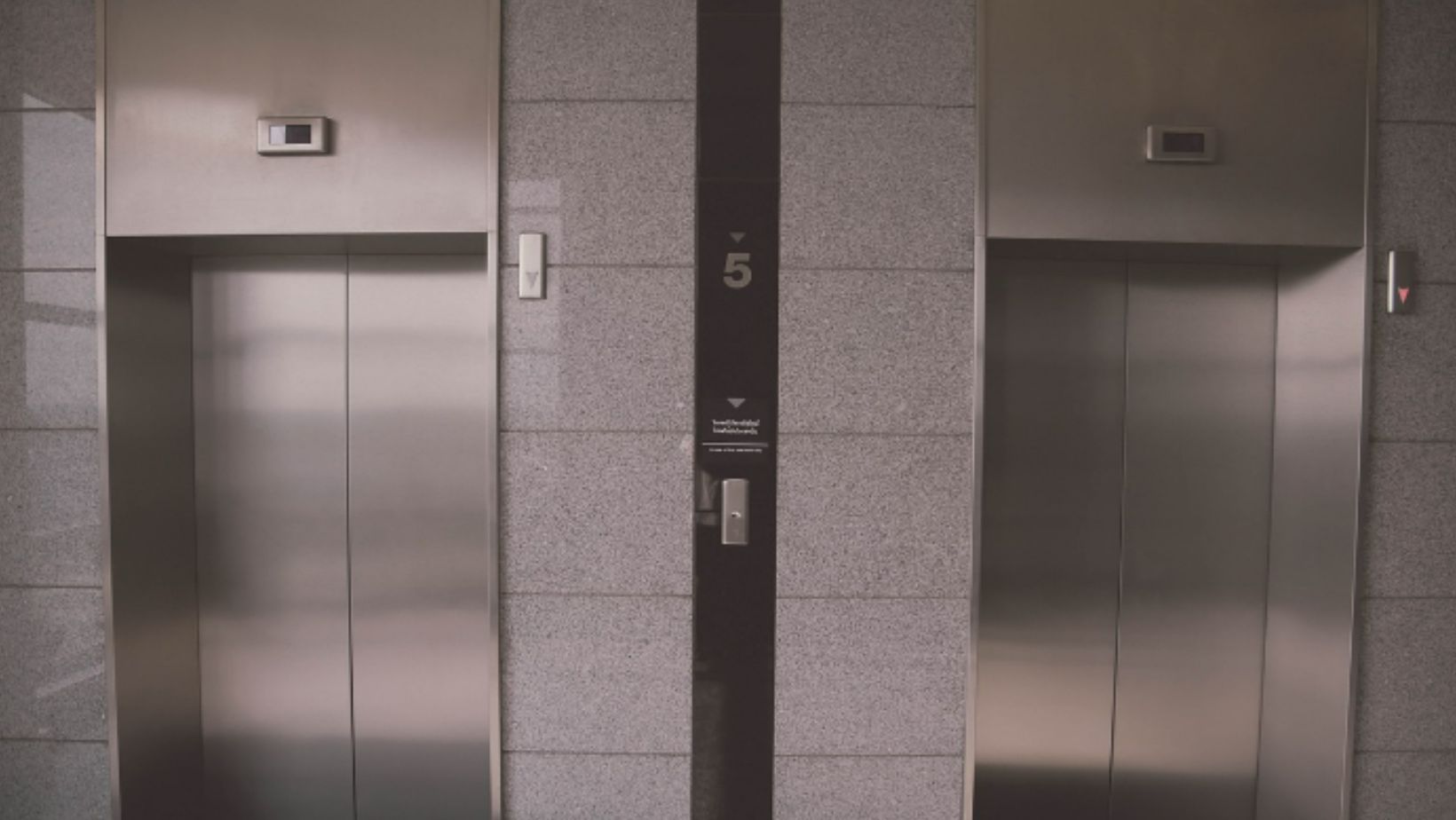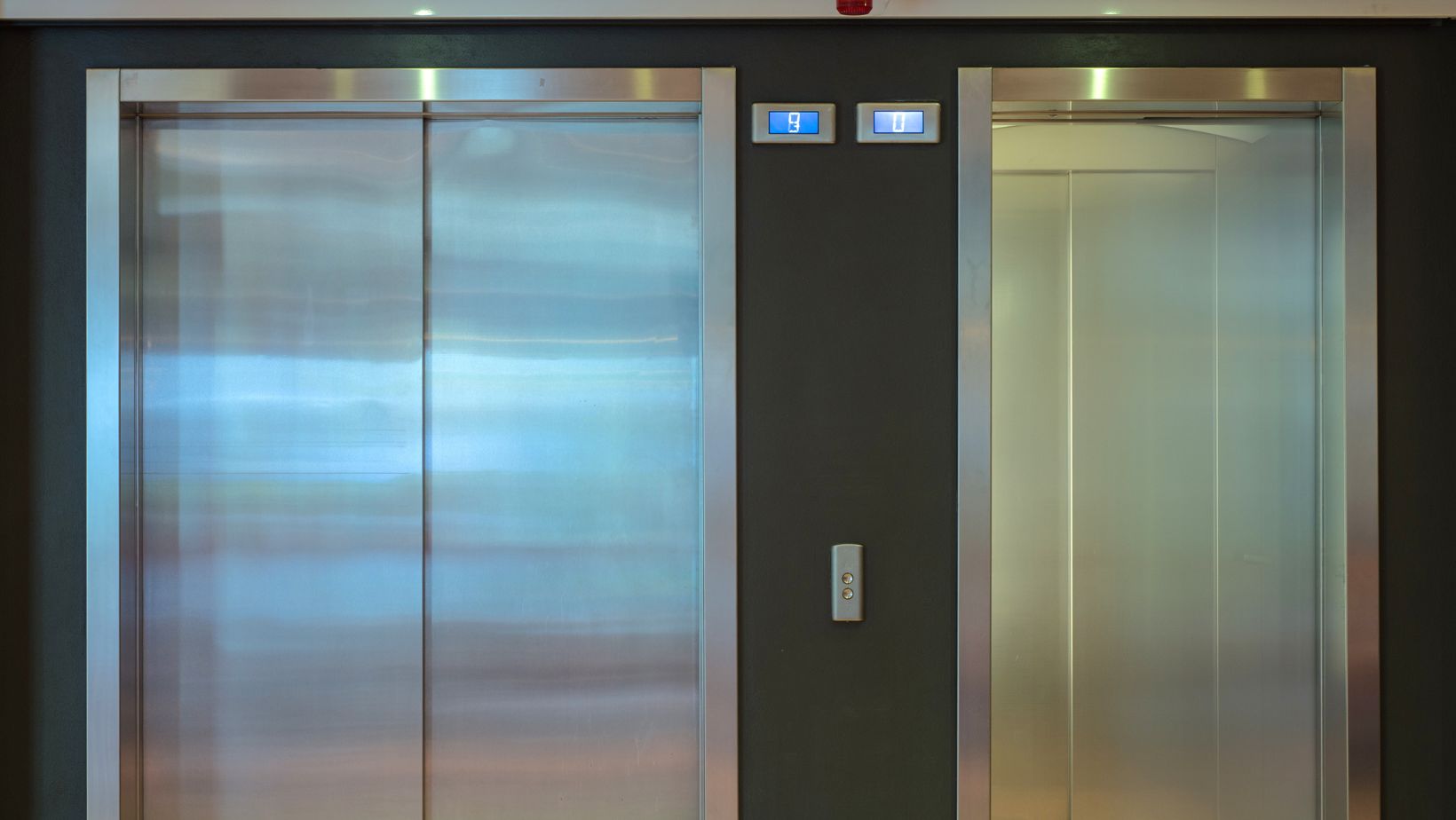
As more homeowners look for ways to enhance accessibility, comfort, and property value, home lifts have become an increasingly popular solution. These residential elevators not only provide mobility for individuals with physical limitations but also add a touch of luxury to any home. However, choosing the right home lift is a significant decision that involves careful consideration of various factors. From safety features to design and cost, selecting the ideal lift requires balancing practicality with aesthetic preferences. Below are some essential aspects to consider when deciding on a home lift that meets your needs.
Safety and Reliability Should Be the Top Priority
When selecting a home lift, safety and reliability must be at the forefront of your decision-making process. Home lifts come with a range of safety features, such as emergency stop buttons, battery backups, and automatic door sensors to ensure the lift operates smoothly and safely at all times. It’s crucial to choose a lift model that is compliant with all local safety regulations and standards. Additionally, maintenance and servicing schedules should be factored into your choice. Opting for a lift from a reputable manufacturer ensures access to a reliable service network, minimizing the risk of malfunctions and ensuring the longevity of your lift.
Space and Design Considerations
Space availability within your home is another vital aspect to consider when choosing a lift. Home lifts come in various sizes and configurations, including compact models for smaller homes or larger lifts that can accommodate wheelchairs. You’ll need to assess the structure of your home to determine whether extensive renovations are required to install the lift or if a simpler, space-saving solution, such as a shaftless lift, would suffice. The design of the lift also plays a role in complementing your home’s aesthetic.

You can choose from a wide range of finishes, materials, and door styles that blend seamlessly with your interior decor. Striking a balance between function and design is key to selecting a lift that enhances both the practicality and visual appeal of your home.
Budget and Long-Term Value
While safety and design are essential, budgetary constraints often play a critical role in the final decision. The cost of installing a home lift varies depending on factors such as the type of lift, installation complexity, and any required structural modifications. It’s important to not only consider the upfront costs but also ongoing expenses like maintenance, energy consumption, and potential repairs. Opting for a lift with energy-efficient features can help reduce long-term costs. Additionally, think about the long-term value a home lift adds to your property. Investing in a high-quality, well-designed lift can significantly enhance the market value of your home, making it a worthwhile investment that pays off over time.
Customization and Personalization Options
Another important factor to consider when selecting a home elevator is the level of customization available. Every home is unique, and the ability to personalize your lift ensures it aligns perfectly with your lifestyle and preferences. From choosing the number of stops to selecting specific cabin materials, lighting options, and control panels, customization allows the home elevator to fit seamlessly into your daily routine. Some homeowners may also prioritize additional features like quiet operation or advanced control systems, which can further enhance the user experience. By opting for a customizable solution, you ensure that your home elevator not only meets functional requirements but also adds a tailored touch of sophistication to your living space.
Energy Efficiency and Environmental Impact
When selecting a home elevator, it’s also essential to consider energy efficiency and the environmental impact of the lift. Modern home elevators are designed with energy-saving features such as efficient motors, LED lighting, and standby modes to reduce electricity consumption when the lift is not in use. Some models even use regenerative drive systems that capture and reuse energy, further decreasing the environmental footprint. Choosing an energy-efficient elevator not only helps reduce your utility bills but also aligns with a more sustainable lifestyle.

Additionally, eco-friendly options often use materials and manufacturing processes that are less harmful to the environment, making your lift a greener choice for the long term.
Noise Levels and Comfort
Comfort and noise levels are often overlooked but crucial aspects of choosing the right home elevator. A smooth, quiet ride ensures that the elevator doesn’t disrupt your daily activities or those of others in the household. Some lifts are designed specifically for noise reduction, using advanced motor technology and soundproofing materials. This is particularly important if the elevator will be installed near living spaces, such as bedrooms or common areas, where minimal disruption is essential. Comfort features such as soft-start and stop mechanisms, cushioned seating, or ergonomic control panels can also significantly improve the user experience, making every ride both quiet and enjoyable.
Selecting the ideal home elevator is a multifaceted decision that requires attention to safety, design, cost, and additional factors such as energy efficiency and comfort. By carefully evaluating these elements and tailoring your choice to your specific needs and preferences, you can ensure that your home lift provides accessibility, convenience, and a boost in property value for years to come.


